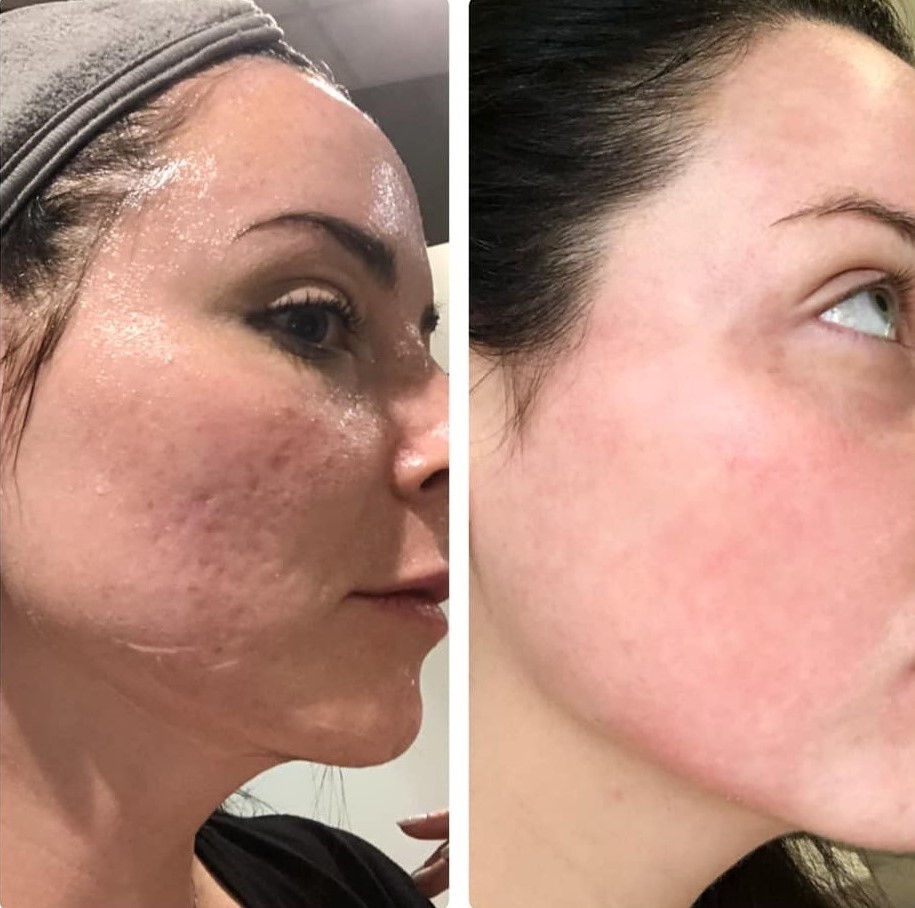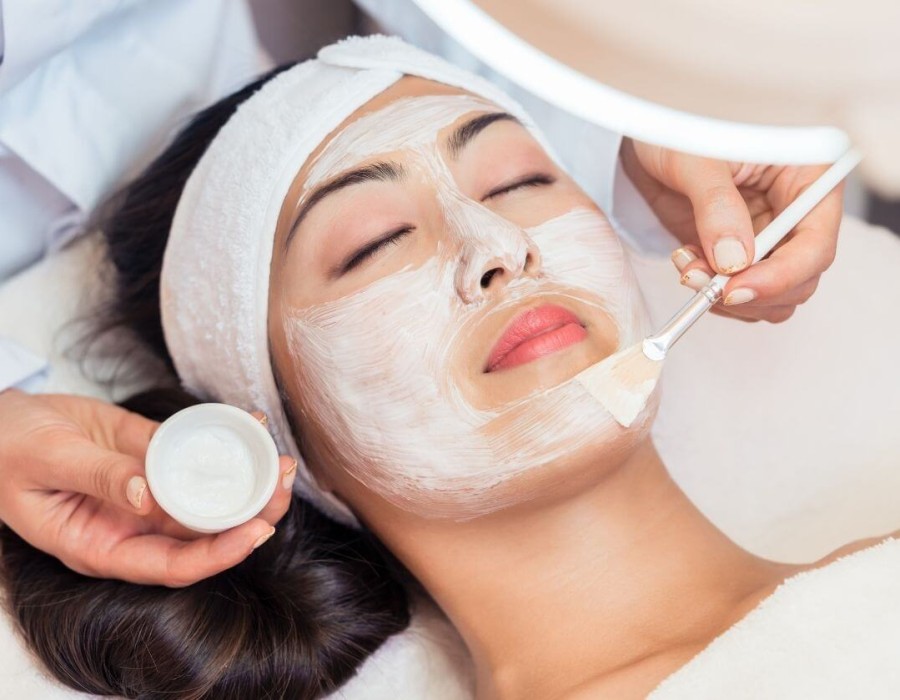For individuals with sensitive skin, choosing the right skincare treatment can feel like navigating a minefield. Many popular procedures promise dramatic results but come with the risk of irritation, inflammation, or even long-term damage. This makes it especially important for those with reactive skin to opt for gentle yet effective solutions. One treatment that has gained significant traction for its subtle yet impactful results is the cold peel. Known for its minimal downtime and skin-soothing benefits, it has sparked interest among skincare enthusiasts around the globe. In the evolving world of aesthetic treatments, the Cold Peel in Dubai has emerged as a particularly appealing option for those seeking radiant skin without the harsh side effects.
What Is a Cold Peel?
A cold peel is a type of chemical exfoliation that works without the high temperatures or aggressive ingredients typically found in traditional chemical peels. It utilizes a blend of mild acids, enzymes, and other nourishing compounds that gently dissolve dead skin cells, unclog pores, and improve skin tone—all while respecting the skin's natural barrier. Unlike traditional peels that may involve flaking, redness, or extended recovery time, cold peels are designed to be mild and often leave the skin looking refreshed almost immediately.
This gentle mechanism is precisely why cold peels are being considered a smart option for those with sensitive skin. Instead of triggering trauma to force the skin into regeneration, they encourage a healthier turnover in a less invasive way.
Why Sensitive Skin Needs Special Care
Sensitive skin reacts more strongly to environmental changes, skincare products, and treatments. Redness, itching, stinging, and dryness are common complaints. Often, this skin type has a compromised barrier, making it less capable of retaining moisture and more vulnerable to irritants. This means any exfoliation treatment—especially one involving acids—must be approached with caution.
Using abrasive methods or strong formulations can lead to flare-ups, which is why gentler treatments like cold peels are gaining popularity. The key lies in the balance: exfoliating just enough to renew the skin, but not so much that it causes damage.
How Cold Peels Work for Sensitive Skin
Cold peels function through controlled exfoliation. Instead of stripping the skin, they soften the connections between dead skin cells, allowing them to slough off naturally. Most formulations include ingredients like lactic acid, mandelic acid, or fruit enzymes—ingredients known for being both effective and kind to delicate skin types.
In addition to exfoliation, cold peels often incorporate soothing and hydrating agents like hyaluronic acid, niacinamide, or panthenol. These ingredients help calm inflammation, support the skin barrier, and maintain moisture levels, all of which are crucial for sensitive skin.
The real advantage is the minimal irritation. After a cold peel, sensitive skin may appear slightly pink, but this typically fades quickly. There's no dramatic peeling or downtime—just smoother, more even-toned skin that feels soft to the touch.
The Benefits of Cold Peels for Sensitive Skin
Here are some of the main reasons why cold peels can be a game-changer for sensitive skin:
- Gentle exfoliation: Removes dull surface cells without abrasion or harsh chemicals.
- Barrier-friendly: Supports rather than compromises the skin’s natural protective barrier.
- Hydration boost: Infuses the skin with moisture-attracting ingredients.
- Improved texture: Leaves the skin feeling softer and smoother.
- Reduced redness: Helps calm irritation and reduce blotchiness over time.
It’s also worth noting that regular use of cold peels can help sensitive skin become more resilient. With consistent exfoliation and barrier support, many individuals find that their skin becomes less reactive and more tolerant of active ingredients.

Things to Keep in Mind
Although cold peels are generally well-tolerated, not all sensitive skin is the same. People with conditions such as rosacea, eczema, or perioral dermatitis should still consult a skincare professional before proceeding. Patch testing is also crucial to ensure no unexpected reactions occur.
Also, post-treatment care is essential. Using gentle, fragrance-free moisturizers and sunscreen can help protect the skin as it regenerates. Avoid using other exfoliating products (like scrubs or retinols) for a few days after the peel to allow the skin to fully recover.
Why Cold Peels Are Trending
The global shift toward “skinimalism”—a less-is-more approach to skincare—has contributed to the popularity of cold peels. Consumers are increasingly looking for treatments that enhance the skin’s natural beauty without drastic measures. Cold peels fit this philosophy perfectly, offering visible results without risking skin health.
In skincare-forward cities where both environmental factors and lifestyle stressors can take a toll on skin—places like Cold Peel in Dubai—these treatments are especially attractive. The need for effective yet gentle options is higher than ever, and cold peels deliver on both fronts.
Final Thoughts
Sensitive skin deserves treatments that honour its delicacy while promoting lasting improvements. Cold peels are not just a trend; they represent a meaningful shift in how we care for the skin—especially the kind that needs a little extra tenderness. By focusing on gentle exfoliation and barrier support, cold peels offer a promising path to achieving healthier, glowing skin without compromise. Whether you're just beginning your skincare journey or have struggled with sensitivity for years, incorporating a Cold Peel Dubai might just be the refresh your skin needs.





Comments